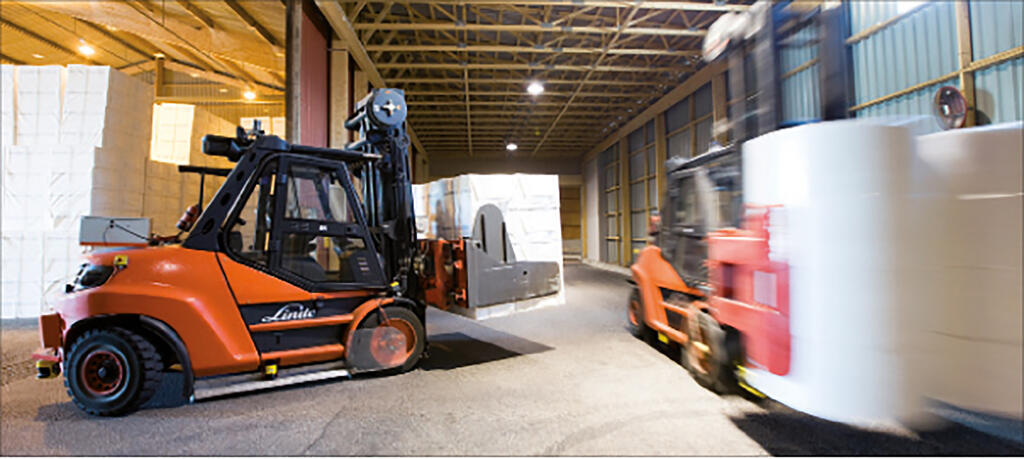Autolast
Automation is considered an important enabler for more efficient freight transport systems. This project addresses the issues surrounding a relatively unexplored aspect of freight transport systems: automatic loading and unloading of freight. The project’s objective was to study the potential—and the technical conditions required—to develop and prepare one or more demonstrations of autonomous forklifts that can load and unload freight.

Continuous developments are taking place in the field of automation within different parts of the logistics system, including automatic production, automatic inventory management and, in recent years, autonomous road transport. Automatic loading and unloading of freight—the interface between storage and transport—is an area with considerable potential for development. By determining the functionality and system requirements for autonomous forklifts in dynamic environments such as terminals and warehouses, the project has laid the groundwork for later demonstrations that promote both innovation and new services for the market.
Results
The project has identified two primary areas that are of interest for further development and where automatic loading and unloading of freight can contribute to increased efficiency: 1) loading and unloading of freight stored on pallets, and 2) loading and unloading of rolls of paper. A flow description was created for each area to identify the tasks that an autonomous forklift must be able to carry out and to calculate the level of efficiency an autonomous forklift needs to achieve. The two areas entail different conditions for the forklifts in terms of technical development, demands on components, precision and the environment, which have been presented in the requirement specifications for the prototype forklifts in a potential demonstration. Together with market research into available technology, this has laid the foundation for suggestions regarding the sensors and navigation systems that will need to be integrated to carry out the desired activities. Based on market research, a rough cost estimate and schedule outline have been established for converting a forklift that can handle pallets and a forklift that can handle rolls of paper.
Within the framework of the project, financial calculations were carried out to determine the economic sustainability of implementing autonomous forklifts and an assessment was performed to determine the potential effects of implementation given that the forklifts can be operated around-the-clock. These calculations established that there is significant economic potential in the form of a reduced risk of personal injury and material damage, reduced energy use, increased technical useful life and optimized flows at warehouses and terminals.
The project has resulted in tangible suggestions for the continued development of autonomous forklifts, with detailed suggestions concerning technical platforms and potential sites for testing and demonstrations that could help to advance implementation. The effects of introducing autonomous forklifts into a larger system need to be studied further. The main advantages are expected to be gained in the long term, when the trucks are deployed in a system and material movement and handling can be optimized in terms of time and space in consultation with other vehicles and IT systems.
Partners
The collaborating parties on the project are Linde Material Handling, Scandfibre Logistics, Logent, Örebro University and CLOSER. The project is part of the government’s innovation partnership program “The next generation’s travel and transport” and is funded in part by Vinnova, Sweden’s innovation agency, through Drive Sweden. The project is also funded in part by Region Örebro County.
